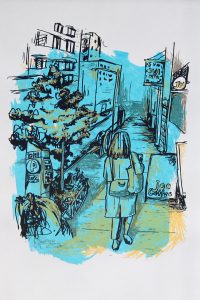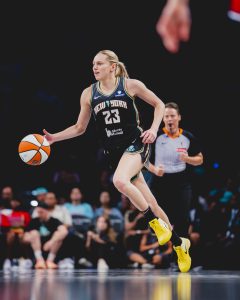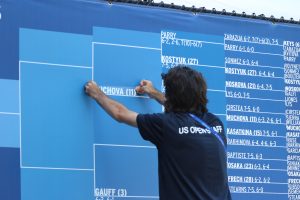Queens Celebrates Comics: Flushing Town Hall Calls Local Artists
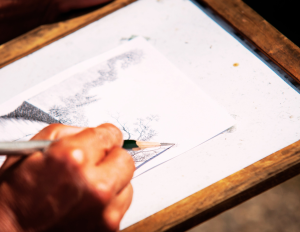
Courtesy Flushing Town Hall
Sequential Art Takes Center Stage in Fall Exhibition
MOHAMED FARGHALY
mfarghaly@queensledger.com
Flushing Town Hall, a Smithsonian affiliate in Queens, is calling on New York City artists to showcase their work for its upcoming fall exhibition, ‘Comics in the City: Sequential Art Is….’
The exhibition, opening Sept. 25 and running through Oct. 20, will highlight the art form known as sequential art — the visual storytelling method behind comic books, storyboards, and cartoons. Artists, writers, and cartoonists from across the city are invited to submit their work by Sept. 5 at 5 p.m.
“Since New York City is where the birth of mainstream comic book creation began, it’s only fitting to exhibit the work of local comic book artists at our historic Hall,” said Melissa Velasquez, Flushing Town Hall’s Manager of Arts Services. “I cannot wait to see the incredible submissions we’ll receive from the city’s creators in the upcoming weeks.”
The exhibition will be curated by Regine Sawyer, a Queens native and longtime comic book writer, essayist, and editor whose credits include DC Comics, Marvel Comics, Oni Press, and Time Magazine. Sawyer, who is also the founder of the Women in Comics Collective International (WinC), received the Eisner Award’s Bob Clampett Humanitarian Award in 2024.
“I’ve had the pleasure of collaborating with Flushing Town Hall for many of our WinC events, connecting with incredible artists across the city,” Sawyer said. “I am especially delighted to bring this new exhibition to Queens, a borough home to the legendary Peter Parker, aka Spider-Man. I’m excited to showcase the creative works of New Yorkers in the sequential arts genre.”

Sawyer said the exhibit is designed to strip away the mystery surrounding comic creation and show audiences the process behind the panels.
“Sequential art is an exhibit that will show the processes of comic book artists and creators. It’ll draw the curtain back to showing how people create, what they create, and how they create it,” she said. “I think that the comic book industry is very mysterious for people… the exhibit will show just the beauty of the mistakes.”
For Sawyer, who grew up in South Ozone Park in a “geeky family,” comics became a lifelong passion. She recalls her father buying her Archie comics, her brother introducing her to Marvel’s X-Men, and her mother even calling Marvel’s offices to encourage her budding creativity.
“She spoke to John Romita Jr. directly about me creating characters for Marvel, and he told her about the process,” Sawyer said. “That helped to not only foster my love, but foster the feeling of this is something that I could possibly do.”
Years later, she created WinC after noticing a lack of visibility for women of color in the industry. What began as small local panels has since grown into an international collective hosting events from New York Comic Con to San Diego Comic Con, with members traveling abroad through U.S. State Department programs.
Now, Sawyer is turning her curatorial eye toward New York’s next generation of creators. She said she hopes submissions for Comics in the City will reveal the steps behind finished pages — from pencil sketches and inked drawings to scripts and character sheets.
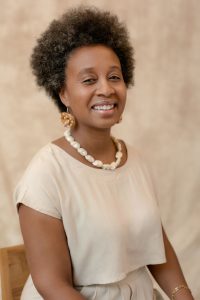
“I really would love to see pages that are broken down so that we can see the process of the artist,” Sawyer said. “If someone sends in a script and then they have the final art, I think that’s amazing.”
Sawyer also sees the exhibition as a way to reinforce New York’s legacy as the birthplace of mainstream comics.
“Since you know, this is the birthplace of mainstream comics, I think it’s pivotal that we also be the ones to show how artists do what they do, and why it’s important,” she said. “This is how that Superman page that you love came together. This is how that Wonder Woman page was done, redone like five times.”
While comics have evolved through digital platforms, Sawyer believes the medium’s reliance on human imagination will ensure its survival.
“No matter how advanced [AI] gets, it can only do so much… You will always need people for those original ideas and to have them come to fruition,” she said. “Even though AI is a threat in certain ways, again, I think analog will always prevail.”
For Sawyer, the appeal of the show extends beyond the gallery.
“If you love comics, and you want to see how the sausage is made, come down to the show,” she said. “Flushing Town Hall is an amazing venue. The artists that will be seen will be people who have been in the industry forever, as well as up and comers. Also it’s Flushing — Flushing has amazing food. So, yeah, get some amazing food and see this beautiful, beautiful, beautiful art.”
Artists can find details about submission requirements at Flushing Town Hall’s website. Notifications of acceptance will be sent by Sept. 12.
